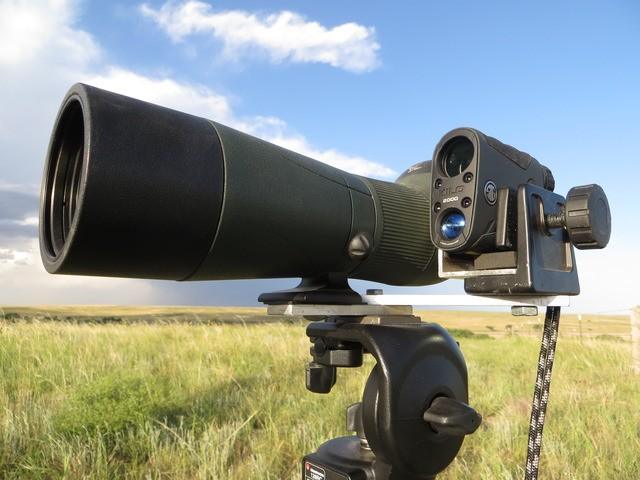Range finders are good tools, that can give you precise ranging capabilities. They do have limitations that at times can't be overcome. Weather, terrain, target reflectivity, dead batteries, equipment failure etc...
It's been touched on a little in the thread, but you should be prepared to to have the ability to range targets accurately by other means than a laser rangefinder in the field.
My favorite way to quickly cross check my rangefinder is by milling the target. When I go hunting I make mil ranging table for the species I'm after and tape it to the stock of my rifle. Before I hunt I make the table with two columns. The first column is range, and I do mine in 50 yard increments out to 800 yards. The second column has the mil size of my target animal at each range. I like to use the average measurement from the brisket of the animal behind the front shoulder to the top of it's back. This measurement doesn't change as dramatically from how the animal is oriented to you. As far as if the animal is at a lower or higher elevation than you are, or if it's quartering towards or away from you. Mil ranging in my experience is reliable out to around 800 yards. This is due to the fact that you have a fair amount of dead space usually in the trajectory of your bullet to play with even if you make a little bit of an error.
Other methods I use in the field to determine range to targets include: printed topographic maps, printed satellite maps (which are very accurate I've used them successfully to put rounds on targets at very long ranges), utilizing handheld gps (you can use them to create waypoints on easily identifiable terrain features and them use the "navigate to" function to give you the distance from your location to the target), there's an app called BallisticsARC you can get on your smart phone that will allow you to build a range card overlay on a satellite map, and last calibrating your own range estimation will serve you well (every time before I determine a range by any method I always estimate just by looking at it to see how close you my guess is. After awhile you'll be surprised how good you get.)

